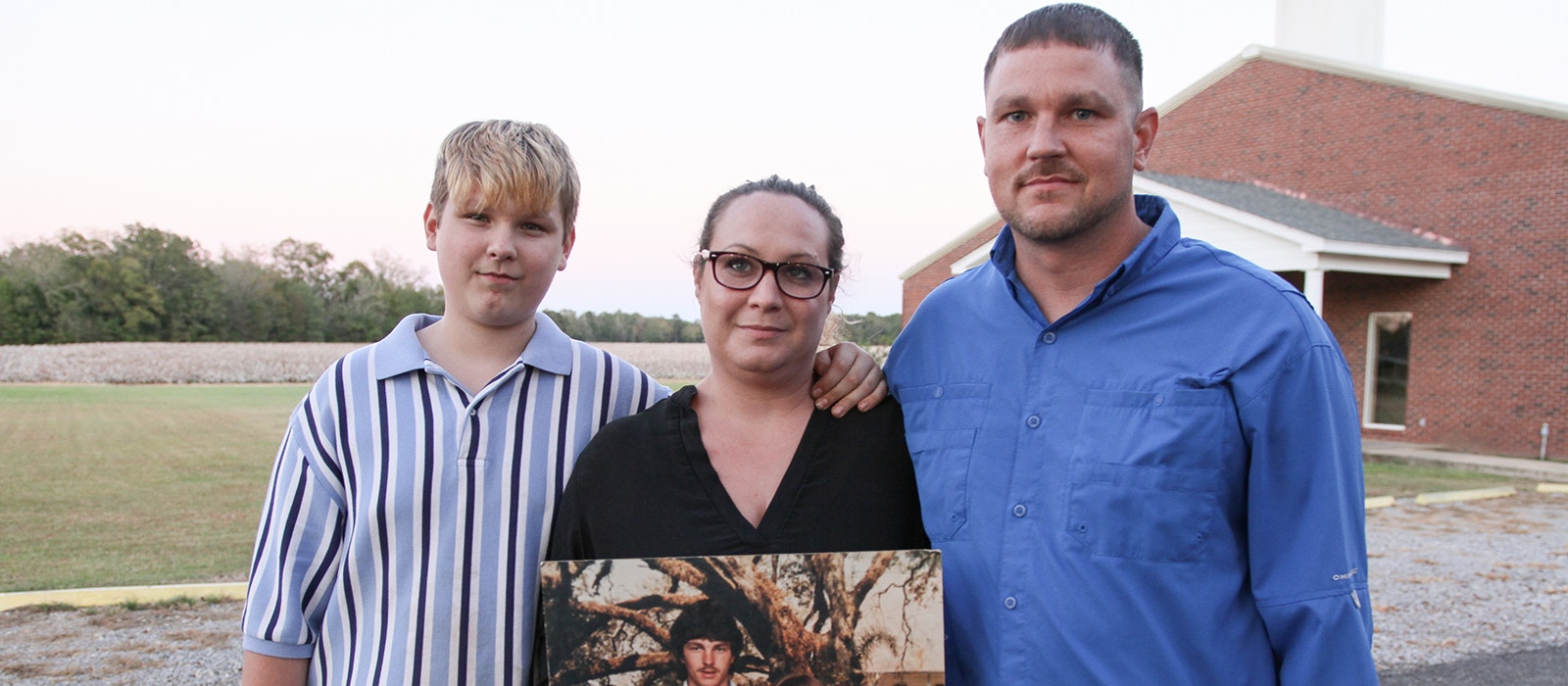The most recent data from the Mississippi Department of Corrections (MDOC) shows that the prison population is higher today than when SB 2795 went into effect on July 1, 2021, and is climbing by hundreds of people per month. According to MDOC data, between January and early October of 2022, the prison population grew by more than 2,000 people. With the U.S. prison population declining, Mississippi stands out for its continued reliance on incarceration and long prison sentences, which have been shown to be ineffective as a public safety measure. State taxpayers spend more than $360 million on the prison system every year, and this cost will continue to grow unless the 2014 and 2021 reforms are fully implemented and Mississippi passes more common sense reforms.
Mississippi’s jail population, left largely untouched by recent reform efforts, experienced a decline in 2020 attributed to short-term system changes in response to the COVID-19 pandemic after reaching an all-time high statewide jail population. Yet the thousands of people who remain in county jails across the state spend an average of nearly six months incarcerated, six times longer than the national average without any added public safety benefit.
The precipitous growth in jail and prison populations continues in part because thousands of new felony convictions are handed down in local courts each year, each one creating lifetime barriers to employment and economic security. According to one estimate, approximately 1 in 13 people in Mississippi has a felony conviction on their record.
In line with national trends, Mississippi experienced an increase in violence largely driven by gun homicides since the start of the COVID-19 pandemic. Data shows that homicide rates increased across the country in communities of all kinds and political affiliations. Despite this recent spike, the national violent crime rate today is significantly lower than historic highs of the 1990s, and research shows that criminal justice reform did not drive the increase in crime.1
Mississippi's criminal justice system continues to grow and impose large costs on Mississippi’s economy, communities, and families without any returns on safety. Research has repeatedly shown that incarceration is among the least effective and most expensive means to promote public safety–and in many situations actually increases the likelihood of future arrest. The need for criminal justice reform is as urgent as ever. Fortunately, there are common sense changes with broad bipartisan support that policymakers can adopt to safely reduce the state’s prison and jail population. By changing the state’s harsh habitual sentencing laws, defelonizing simple drug possession, and limiting the scope of pretrial detention, Mississippi can redirect taxpayer dollars to invest in proven public safety strategies and expand opportunities for people impacted by the criminal justice system.
States across the country that are achieving simultaneous reductions in crime and incarceration have learned that these outcomes require ongoing legislative and administrative commitment. Mississippi policymakers must follow suit by making critically needed and evidence-based criminal justice reforms a priority every legislative session and by working with administrative stakeholders like MDOC officials, judges, and the Parole Board, and criminal justice system practitioners to fully implement new laws.


